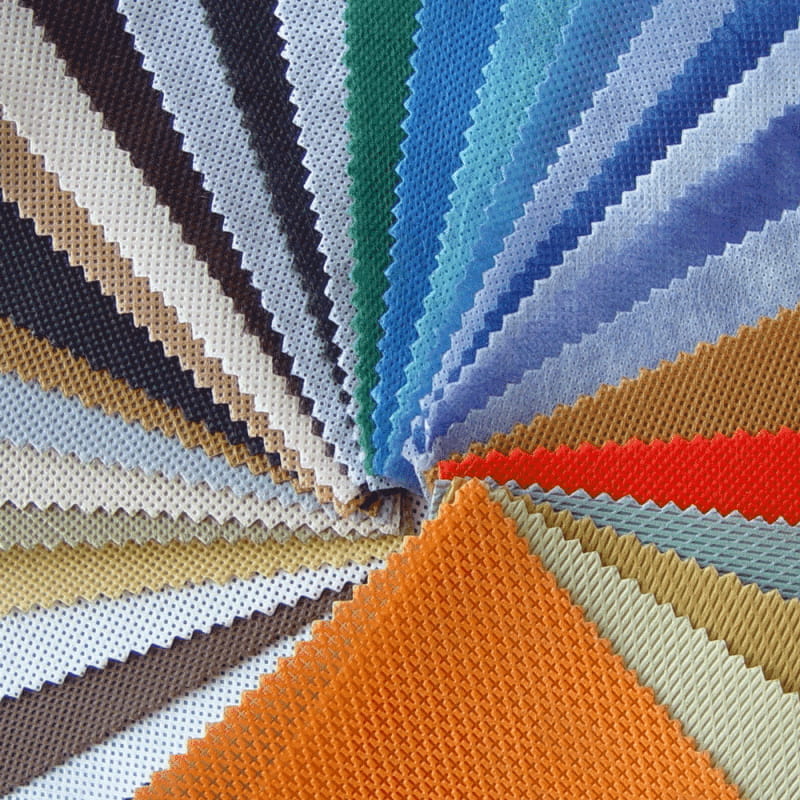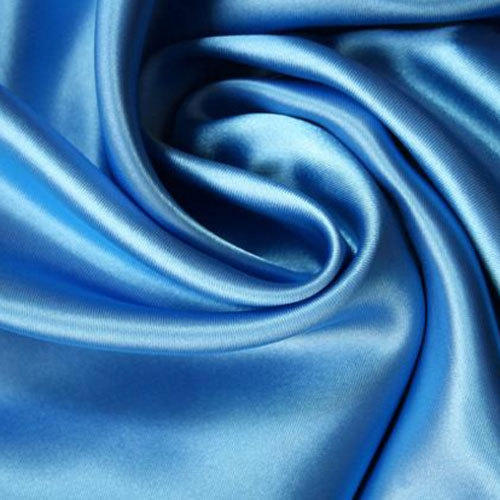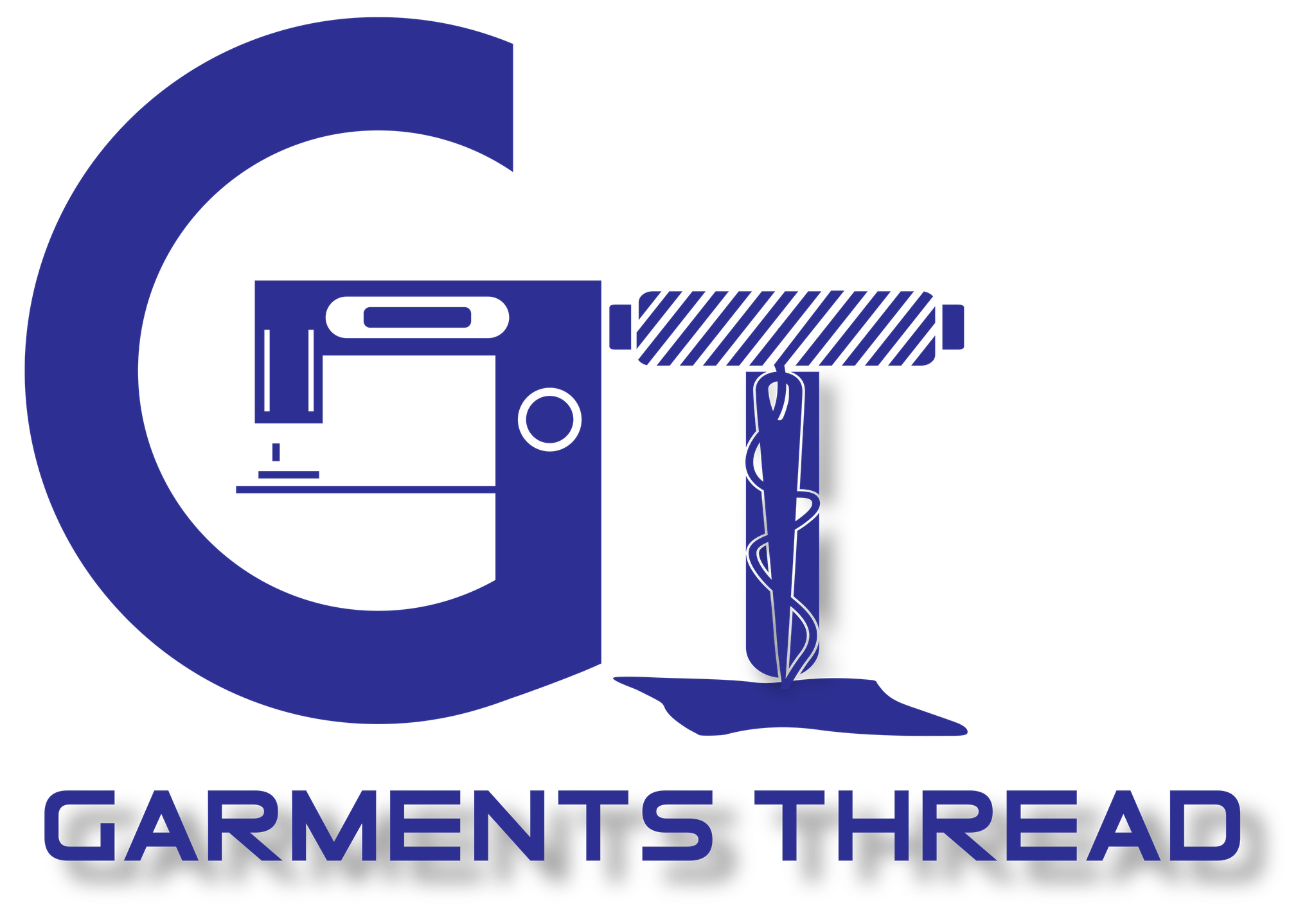Woven Fabrics
Establishing a strong link between buyers and producers by ensuring premium quality woven fabric and a commitment to reliability.

Woven Fabrics for Garments
Woven fabrics are one of the most widely used materials in the garment industry. These fabrics are
created by interlacing two sets of yarn at right angles: warp (the lengthwise yarn) and weft (the
crosswise yarn). This process provides woven fabrics with strength, stability, and versatility, making
them ideal for a wide range of clothing applications.
Types of Woven Fabrics

Plain Woven
The simplest and most common weave. It is characterized by a basic criss-cross
pattern where the weft yarn passes alternately over and under the warp yarn. Common plain
weave fabrics include cotton, linen, and poplin.

Twill woven
Twill is known for its diagonal rib pattern, created by passing the weft yarn over
one or more warp yarns. This technique produces a durable fabric, making it ideal for jeans,
chinos, and workwear.

Satin Woven
Satin weaves have a smooth and glossy surface, created by allowing the weft
yarns to float over several warp yarns before interlacing. This technique gives the fabric a
lustrous appearance, commonly used in luxury garments like evening dresses and lingerie.
Advantages of Woven Fabrics for Garments
- Durability: Woven fabrics are generally more durable than knitted fabrics due to their
structured nature. The interlaced yarns provide strength, making them resistant to wear and
tear, which is crucial for long-lasting garments. - Shape Retention: Woven fabrics hold their shape well, making them suitable for structured
clothing like suits, blazers, and trousers. - Versatility: Available in a wide range of textures, weights, and finishes, woven fabrics can be
adapted for everything from casual to formal wear.
Applications in Fashion
Woven fabrics are used in various garments, including shirts, dresses, pants, and outerwear. Their
adaptability allows them to be tailored into fashionable and functional pieces. For example.
- Cotton and linen weaves: Popular for breathable summer clothing.
- Denim and gabardine: Ideal for sturdy, everyday wear like jeans and jackets.
- Silk and satin weaves: Favored for elegant and sophisticated evening wear.
In conclusion, woven fabrics are essential in the garment industry due to their durability, structure, and
wide applicability. Their ability to maintain shape and resist stretching makes them ideal for a variety of
apparel styles, ranging from casual to formal garments.


